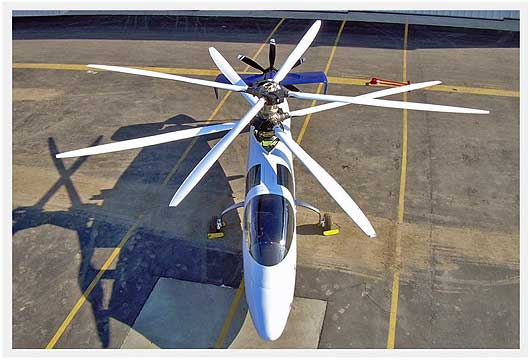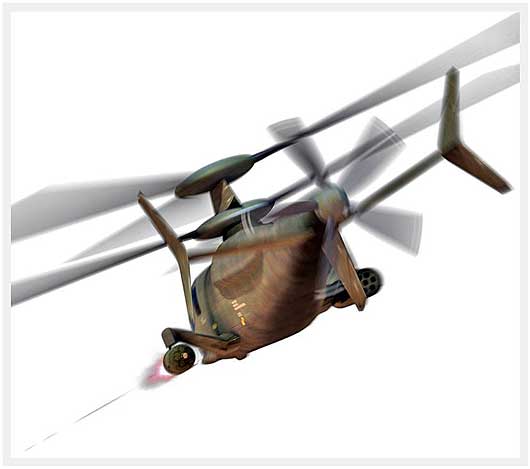Sikorsky X2 Pushes Its Way Into The Rotorcraft Record Book
 Friday, August 6, 2010 at 11:28PM
Friday, August 6, 2010 at 11:28PM  The Sikorsky X2 set an unofficial speed record of 259 mph on July 26, 2010
The Sikorsky X2 set an unofficial speed record of 259 mph on July 26, 2010
 The coaxial counter-rotating rigid-rotors, and the pusher fan on the Sikorsky X2
The coaxial counter-rotating rigid-rotors, and the pusher fan on the Sikorsky X2
I've never really considered myself a ’rotorhead’ before, but after riding recently in a Huey and a Bell 47, and then also seeing what’s going on with Sikorsky via their display booth at Oshkosh, I’m warming up to the rotary wing concept. You’ve probably already seen some news about the fact that on July 26th, Sikorsky’s X2 coaxial rigid-rotor demonstrator set an unofficial speed record of 259 mph. That’s a pretty big deal.
I’m going out on a limb here just a bit and calling it a ‘rotorcraft’ record rather than ’helicopter’ record. I need to do more research to know if I’m making much sense here, but the bottom line is that the X2 has the significant advantage of using the aft mounted 6-blade prop-fan to push it forward, and the old record of 249 mph was set back in 1986 by a Westland Lynx helicopter. The Lynx, like all ’traditional’ helicopters, uses the main rotor not only for lift, but for forward propulsion too. Ultimately, I don’t think the definition really matters here, what’s important is that the X2 can function like a helicopter in the vertical mode, and then is showing the potential to blow even the fastest helicopter away in the high speed cruise mode. Especially since usually helicopters run into a speed limit around 185 -200 mph. The hope is to push the X2 up to 250 knots (about 288 mph) as the test flying continues.
The big issue for a single rotor helicopter is that when you move forward really fast, the side of the rotor with the blades moving toward the tail can stop producing life altogether because they are actually in a stalled condition due to the relative speed of the air. You can imagine that having only one side of the rotor producing lift simply won’t work. The dual, counter rotating rotor system like the X2 is using allows for opposing sides of the rotors to create a balance of lift. This configuration also means that the torque is cancelled out and a traditional anti-torque tail rotor is not needed. The use of composites in the rotor blades, along with computer controlled fly-by-wire has brought these concepts far enough forward to overcome the limitations of the past attempts.
The Sikorsky X2 is only a conceptual demonstrator, so you’ll almost surely never see this aircraft produced. However, the lessons learned from it are rapidly beginning to suggest that the technologies it represents will indeed be incorporated into future designs… possibly fairly soon. The rendering below shows what I believe to be a light attack rotorcraft concept based on the X2. It certainly looks completely feasible.
It’s an exciting time in the world of rotorcraft, and also specifically at Sikorsky. I learned several interesting things at Oshkosh and will be doing a follow up post before long of some of the very interesting innovations that Sikorsky is on the leading edge of. Rotorcraft are about to leave the old world behind… fast!
 Attack rotorcraft concept rendering based on the X2
Attack rotorcraft concept rendering based on the X2














































































Reader Comments (1)
Goodness that Sikorsky X2 is amazing. Any updates on whether it's been able to hit that 288mph mark yet? I'd love to hear more about it.